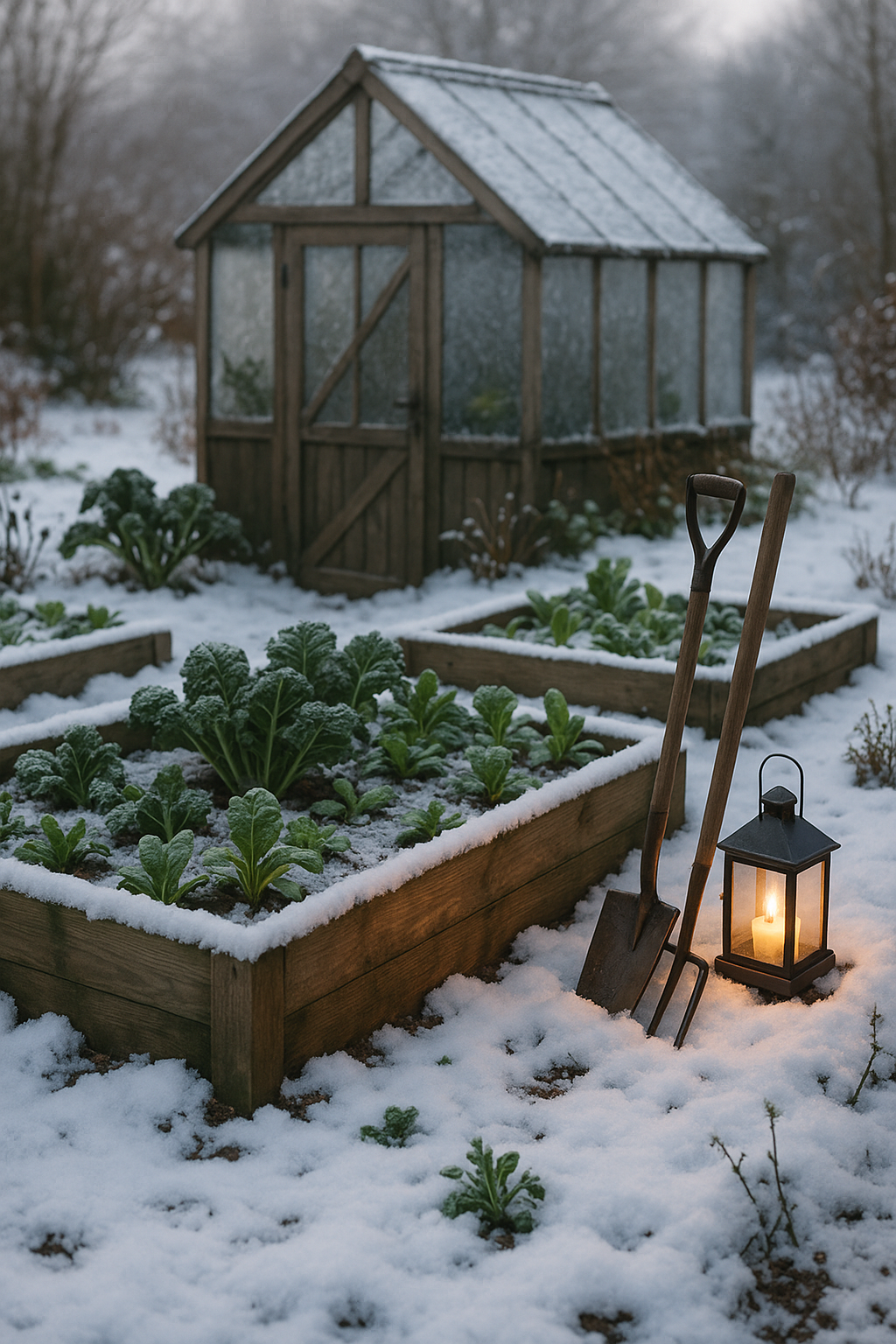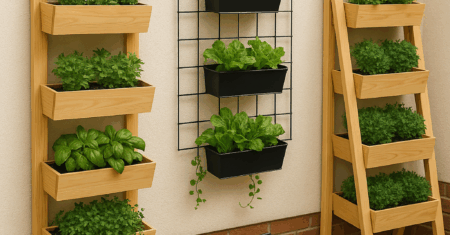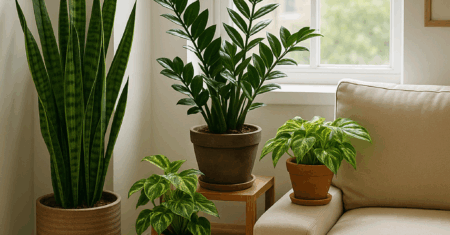Ultimate Guide to Winter Gardening: Grow a Thriving Garden in the Cold ❄️🌱

Why Winter Gardening Matters
Winter gardening isn’t just for die-hard enthusiasts—it’s a smart way to extend your growing season, enjoy fresh produce year-round, and keep your green thumb happy when most gardens go dormant.
🍅❄️ With fewer pests, lower disease pressure and the therapeutic joy of tending living things in crisp air, this season deserves its own set of best practices.
Top 7 Cold-Hardy Plants to Grow
- Kale 🥬
Hardy down to –20 °F, nutrient-packed and versatile in the kitchen. - Spinach 🌿
Thrives in 20–40 °F; great for salads and smoothies. - Garlic 🧄
Plant in autumn for a summer harvest; tolerates frost well. - Swiss Chard 🌈
Colorful stems withstand light freezes, adding a rainbow to beds. - Cyclamen 🌸
Blooms in cold temperatures; perfect for pots and windowboxes. - Winter Jasmine 🌼
Bright yellow flowers on bare stems—cheerful under gray skies. - Heuchera ❄️
Evergreen foliage that holds color all winter long.
Essential Tools & Gear
- 🏠 Cold frames or mini-greenhouses to trap daytime warmth at night.
- 🧤 Insulated gloves to protect hands from chill.
- 🌾 Raised beds for improved drainage and early soil warming.
- ☀️ Grow lights to supplement low daylight hours.
- 🪴 Mulch (straw or bark) to insulate root zones.
4 DIY Winter Garden Projects
- Pallet Planter Box
Upcycle a wooden pallet into vertical planters for herbs and greens. - Insulated Cloches
Repurpose plastic bottles: cut off bottoms, invert over seedlings for frost protection. - Homemade Cold Frame
Use reclaimed windows atop a wood frame to shelter rows of lettuce or spinach. - Heated Seed Tray
Start seedlings indoors on a heat mat, then transition them under cover outside.
Tips for Success
- 💧 Water early in the day so soil absorbs warmth and reduces freeze risk.
- 🌡️ Monitor weather forecasts; cover tender plants before sudden frosts.
- 📰 Use newspaper mulch for weed suppression and added insulation.
- 🔄 Rotate crops annually to prevent nutrient depletion and soil-borne diseases.
Common Winter Gardening Mistakes to Avoid
- ❌ Overwatering—cold soil holds moisture; root rot is a real threat.
- ❌ Neglecting pest checks—slugs, rodents and even some insects remain active.
- ❌ Disregarding hardiness zones—always choose varieties suited to your climate.
- ❌ Skipping soil tests—cold conditions demand balanced pH and nutrients.
FAQ (Frequently Asked Questions)
Q1: What vegetables can I grow through winter?
A: Cold-tolerant crops like kale, spinach, garlic, chard and some lettuces thrive when sheltered under row covers or in cold frames.
Q2: How do I protect plants from frost?
A: Use cloches, row covers, mulch generously, water in the morning and group pots together to share heat.
Q3: Do I need special soil for winter gardening?
A: Aim for well-draining soil amended with compost; avoid heavy, compacted beds that retain too much water.
Q4: Can I start seeds outdoors in winter?
A: In mild climates (zone 8+), some seeds like peas and spinach germinate in cool soil—otherwise, start indoors under lights.
Q5: How much light do winter plants need?
A: Ideally 8–10 hours of indirect sunlight; supplement with LED grow lights if natural daylight is insufficient.




0 Comments